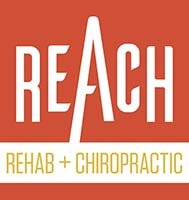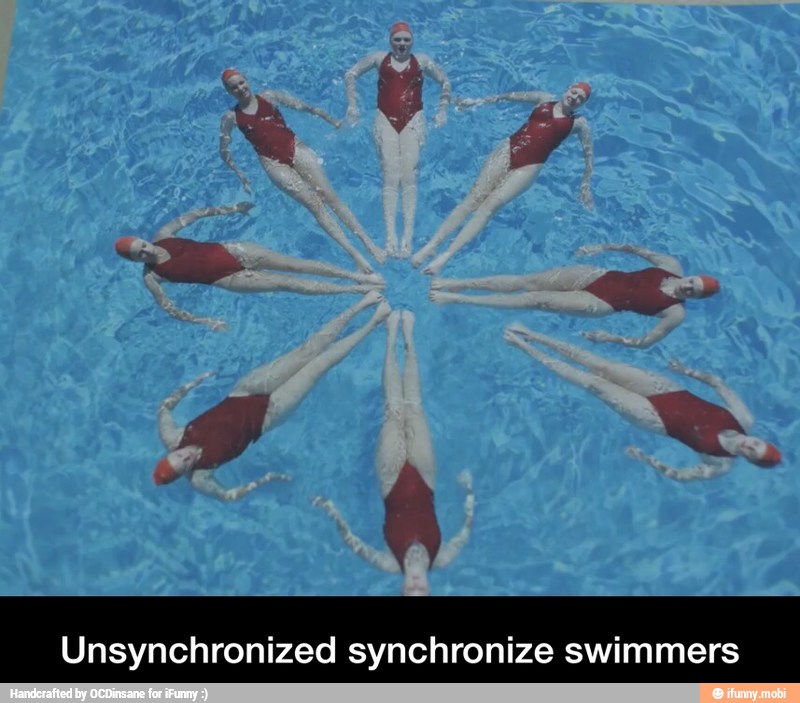Core: Why You Are Doing it All Wrong
What if I told you what you know about the core, how it works, and how to train it is a bunch of malarkey? What if your approach is not only limiting your performance but exposing you to injury risk? You may be pretty pissed off and resistant to the notion because just as we’ve been told for years that fat makes you fat (it doesn’t), we’ve been told to do crunches to strengthen the core.
The core is not the clenched, hollowed-in abs appearance like 1960s Arnold. Rather, the ability to generate intra-abdominal pressure utilizing the postural function of the diaphragm through respiration. Catching my (air) flow? No worries, if I’ve caught your interest here’s what you’ll learn:
1. What is the core
2. How the way we train the core is problematic
3. How the really core works
4. How core function translates to sport
5. How to train the core for performance
6. What to start doing now!
I could easily go down the rabbit hole with this topic. For the purpose of this article, my goal is to communicate killer information that is actionable right now while keeping this as short and concise as possible — we’ll see how I do.
1. What is the Core
Put simply, the core is the anchor from which our arms and legs move. The core is like the base of a crane where the appendages are like the boom. The boom cannot move heavy steel beams efficiently if it’s not anchored to a stable base.
 2. How the Way We Train the Core is Problematic
2. How the Way We Train the Core is Problematic
Consciously squeezing your abs to tighten your core like we’ve heard from Jane Fonda videos to Billy Blank’s Tae Bo to “insert Shaun T’s new program here” creates an anchor but it’s not an efficient strategy. When performing an activity under heavy duress, larger muscles used for generating movement are recruited to support the overload. Ever have you ever had (or have) tight hip flexors, lats, or low back muscles? We all have at some point, and they are primary compensators helping to generate enough stability to support the overload. We love to stretch these but neglect to ask why they are tight in the first place.
The major issue with isolating the core muscles to strengthen what is believed to be weak is that you are strengthening with a dysfunctional strategy, further driving muscle imbalance. When these big powerful muscles continue to get called upon to take charge, it leads to pain and injury. If this muscle imbalance is driving your pain and injury, why would you continue to “strengthen” those muscles? Mostly, it’s because we don’t know any better.
So, you have low back pain and your bro tells you to stretch your hip flexor and strengthen your back. This may work very temporarily, so if it does, what do you do? Keep doing it hoping it be your long term solution to getting better? It’s wishful thinking — that’s it. Continuing to stretch the hip flexors and do a bazillion GHD supermans for the back pain is like mindlessly pulling the batteries out of a smoke detector without determining the source of the alarm. The pain, like the alarm, is notifying you there’s a problem but doesn’t tell you whether there’s a friggin fire or you just left your Paleo muffin in the oven for way too long. You have to determine the source of the alarm, not just try to shut off.
3. How the Core Really Works
The most efficient way to establish an effective anchor is by generating intra-abdominal pressure utilizing the postural function of the diaphragm through respiration. This occurs only through co-coordination of the abdominal musculature (diaphragm, abs, back muscles, obliques, pelvic floor) — they work in concert, not as soloists. The “crunch” and “superman” exercises are training soloists.
Imagine if one member of a synchronized swimming team tirelessly worked on their skills, but alone. What happens when it’s time for competition? More like UN-synchronized swimming (Ba-dum-cha)! This is how we approach “abs” in the gym.
Breathing has two principal functions: 1. oxygen into the lungs; 2. postural stabilization. Also, breathing happens to be unique as it is a primary function that is voluntary and involuntary, meaning it’s automatic, but we have the ability to turn off auto-pilot, which means we can retrain the way we breath regarding postural stability.
As brief as possible, we create IAP when the diaphragm contracts to offer oxygen to the lungs. Simultaneously, the diaphragm builds pressure in the abdomen the further it drops, much like a piston head in a cylinder. The abdominal wall and pelvic floor eccentrically contract and expand to create a rigid barrel, which is this ideal anchor of which we are referring.
The brain is a neuro-mechanical machine — nothing takes place without the brain’s permission. The brain requires stabilization to precede movement. A perfect example of this is to take a Judo Chop hand, then stick it right into your flank just above your “hip” bone. Now, raise your opposite arm overhead? What did you feel? Without having to think about it, your core contracts to create a movement — it has to because stabilization precedes movement. It may not be quality stabilization where you shift and turn, but it’s nonetheless enough stabilization to execute the function.
Thus, there’s no reason to consciously have to clench your abs when doing, really, anything! If you can properly breathe during movement while you let the brain-core connection do its job, ya gonna be alright, kid! Perform a loaded squat and just focus on the breath, your brain will take care of the rest.
4. How Core Function Translates to Sport
 Compare classic (A) Arnold to a (B) Strongman — what’s the difference? Obviously, they’re both swole as shit, but one is for show and the other is for go. B’s power is like firing a powerful cannon which lays on the ground where A is like shooting a powerful cannon from a canoe. They’re both the same cannon, but what’s the difference? B is anchored into the ground — a stable surface — whereas A is anchored to wood on water — very unstable! I would take Vegas odds that the canoe would go further backward than the cannonball forward!
Compare classic (A) Arnold to a (B) Strongman — what’s the difference? Obviously, they’re both swole as shit, but one is for show and the other is for go. B’s power is like firing a powerful cannon which lays on the ground where A is like shooting a powerful cannon from a canoe. They’re both the same cannon, but what’s the difference? B is anchored into the ground — a stable surface — whereas A is anchored to wood on water — very unstable! I would take Vegas odds that the canoe would go further backward than the cannonball forward!
The point is, you could have the strongest arm as a quarterback or pitcher, but it doesn’t make a lick of difference if you cannot efficiently transfer forces through a stable core. Otherwise, you would see bodybuilders throwing fastballs. Last time I checked, Tom Brady and Tim Lincecum don’t look like they’re doing a truck pull anytime soon!
5. How to Train the Core for Performance
There’s a myriad of strategies and exercises and how you apply them is dependant upon the individual, so that’s where health and fitness professionals come in — contact one whom someone you know trusts.
The best piece of advice I can give you? You probably could have guessed it: friggin’ breathe! Find the hardest exercises you can perform perfectly and adequately breathe through. If you can’t, you’re past your threshold and your only training cheat strategies. Remember, strength training is not about ripping your muscles to shreds so you can barely walk the next day, rather strength training is coordination training against resistance. And resistance can literally just be gravity and your body.
6. What to Start Doing Now!
Integrate a core rehab program into your gym sessions. When you’re not training, make sure you’re moving as much as possible during your daily activities. Drink lots of water because it keeps you hydrated — which is healthy — and makes you get up off your ass to use the bathroom. Use a standing desk. Kneel at your desk. Frequently engage in variable movements. Read a previous article I wrote about movement. Movement throughout the day is more important than only an hour of intense movement at the gym every day. Move better and more often.
-Dr. RJ Burr


